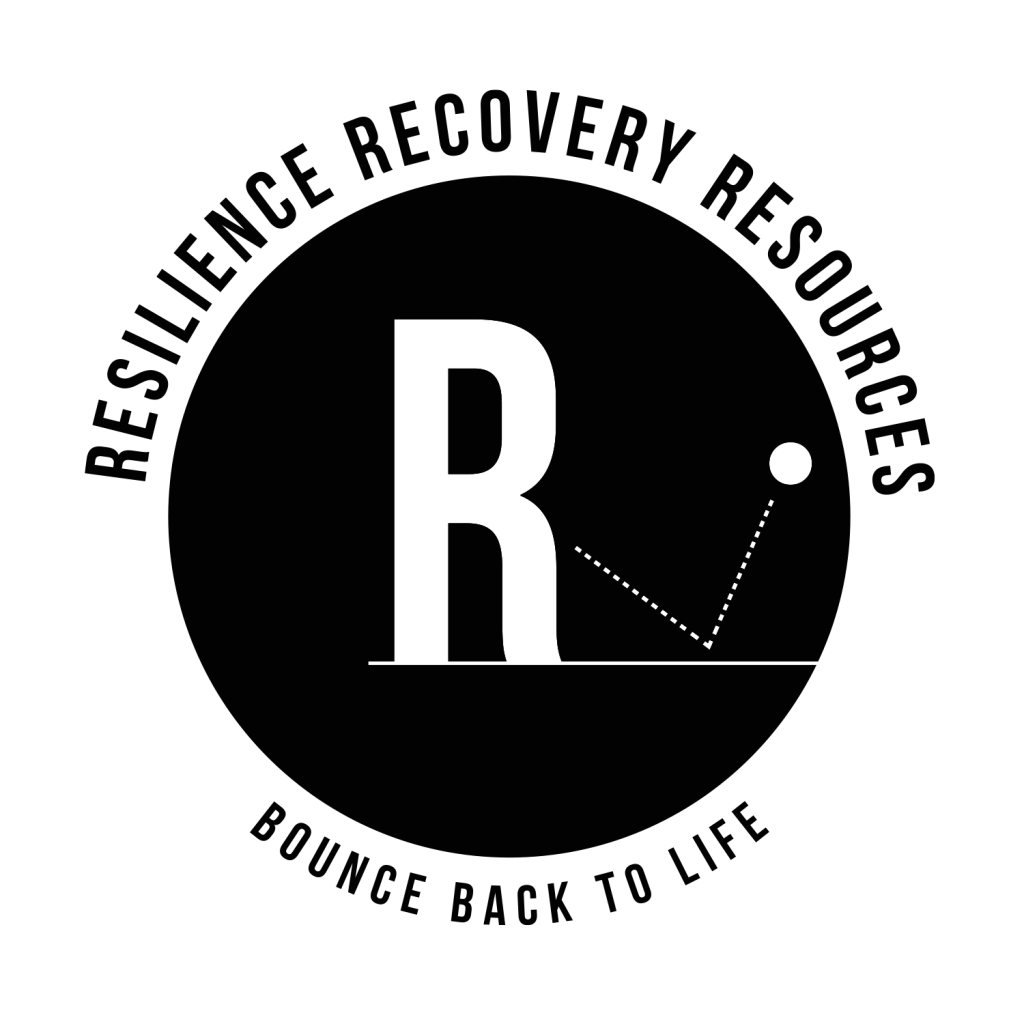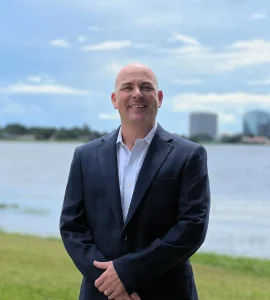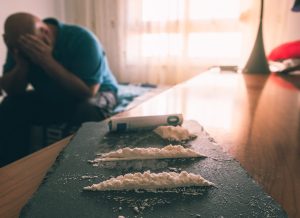Teen substance use continues to be a significant concern for families across the United States. If you’re a parent, educator, or healthcare professional seeking effective solutions, understanding the current landscape of interventions can help you make informed decisions about treatment and support options. Today’s evidence-based approaches offer hope and proven pathways to recovery for adolescents struggling with drug and alcohol use.
Understanding Teen Substance Use Trends
Recent data shows that while overall teen substance use has declined in some areas, the complexity and severity of cases requiring intervention have increased. 15% of high school students reported having ever used select illicit or injection drugs—cocaine, inhalants, heroin, methamphetamines, hallucinogens, or ecstasy, according to the CDC. Adolescents today face unique challenges, from the proliferation of synthetic drugs like fentanyl to increased accessibility through social media connections. This evolving landscape requires equally adaptive and comprehensive intervention strategies.
In the United States, more than 90% of adults who have a substance use disorder (SUD) began their substance use in adolescence, highlighting the critical importance of early intervention. The teenage brain, still developing until the mid-twenties, is particularly vulnerable to the effects of substances. This biological reality makes early intervention not just beneficial but critical for preventing long-term consequences and supporting healthy development.
Evidence-Based Clinical Interventions
Cognitive Behavioral Therapy (CBT)
CBT remains one of the most effective therapeutic approaches for teen substance use, supported by extensive research from the National Institute on Drug Abuse (NIDA). This intervention helps adolescents identify thought patterns and behaviors that contribute to their substance use, developing healthier coping mechanisms and decision-making skills. Research consistently shows that CBT can significantly reduce substance use frequency and improve overall mental health outcomes in teens.
For adolescents struggling with anxiety or depression alongside substance use, CBT addresses both conditions simultaneously, recognizing the interconnected nature of mental health and substance use disorders.
Family-Based Interventions
Family therapy approaches, including Multisystemic Therapy (MST) and Functional Family Therapy (FFT), recognize that teen substance use occurs within family and social contexts. According to SAMHSA’s research-based guide on adolescent substance use disorder treatment, these interventions work with the entire family system to:
- Improve communication patterns
- Establish healthy boundaries and expectations
- Address family dynamics that may contribute to substance use
- Strengthen protective factors within the home environment
The Community Preventive Services Task Force recommends family-based interventions as evidence-based approaches that have shown effectiveness in reducing initiation and use of cannabis, alcohol, tobacco, and illicit substances among youth.
Motivational Enhancement Therapy (MET)
Particularly effective for adolescents who may be resistant to treatment, MET helps teens explore their own motivations for change. This non-confrontational approach respects the developmental stage of adolescence while gently guiding young people toward recognizing the need for change in their substance use patterns.
School-Based Prevention and Intervention Programs
Educational institutions play a crucial role in both preventing and addressing teen substance use. The U.S. Department of Education has identified that schools can help mitigate risk factors that make students vulnerable to engaging in dangerous behavior while boosting protective factors that increase student engagement. Current effective school-based interventions include:
Life Skills Training Programs
These comprehensive programs teach students essential skills for navigating peer pressure, managing stress, and making healthy decisions. Programs like LifeSkills Training (LST) have shown significant effectiveness in reducing both substance use initiation and progression among teens, according to systematic reviews published in peer-reviewed journals.
Peer Support Programs
Peer-led interventions harness the powerful influence of peer relationships in positive ways. Programs that train student leaders to provide support and education to their peers have demonstrated success in changing school culture around substance use.
Early Identification Systems
Schools increasingly implement systematic screening and early intervention protocols to identify at-risk students before substance use becomes severely problematic.
Innovative and Emerging Interventions
Telehealth and Digital Interventions
The expansion of telehealth services has made intervention more accessible for teens, particularly those in rural areas or with transportation barriers. Digital platforms now offer:
- Virtual counseling sessions
- Mobile apps for tracking progress and accessing support
- Online peer support groups
- Educational resources tailored to teen learning preferences
Contingency Management
This evidence-based approach provides tangible rewards for meeting treatment goals, such as maintaining sobriety or attending therapy sessions. Research shows that contingency management can be particularly effective for adolescents when combined with other therapeutic approaches.
Trauma-Informed Care
Recognizing the high prevalence of trauma among teens with substance use disorders, current interventions increasingly incorporate trauma-informed approaches. These methods address underlying trauma while simultaneously treating substance use, leading to more comprehensive and lasting recovery. Research shows that teens who have experienced trauma are at significantly higher risk for developing substance use disorders.
Community-Based Support Systems
Peer Recovery Support Services
Programs that connect teens in recovery with peer mentors who have successfully navigated their own recovery journey provide invaluable support and hope. These relationships offer practical guidance and living proof that recovery is possible.
Community Coalitions
Local coalitions bring together schools, healthcare providers, law enforcement, and community organizations to create comprehensive support networks. These collaborative efforts address substance use from multiple angles, creating environments that support teen recovery and prevent relapse.
Levels of Care: Matching Interventions to Need
Effective intervention requires matching the level of care to the severity of the teen’s substance use and related problems:
Outpatient Treatment
For teens with less severe substance use, outpatient counseling allows them to receive treatment while maintaining their school and family commitments. This approach includes individual therapy, group counseling, and family sessions. Learn more about our outpatient services.
Intensive Outpatient Programs (IOP)
IOPs provide more structured support while still allowing teens to live at home. These programs typically include multiple therapy sessions per week, educational components, and family involvement. Our IOP program is specifically designed for adolescents and young adults.
Partial Hospitalization Programs (PHP)
For teens requiring more intensive intervention, PHPs offer day-treatment services that provide comprehensive care during the day while allowing adolescents to return home in the evenings. Our PHP program combines clinical excellence with family involvement.
Residential Treatment
In cases of severe substance use disorders or when outpatient interventions have been unsuccessful, residential treatment provides 24-hour structured care in a therapeutic environment.
The Role of Medication-Assisted Treatment
While less commonly used in adolescents than adults, medication-assisted treatment (MAT) can be appropriate for teens with opioid use disorders. Current approaches focus on careful assessment and monitoring, often incorporating medications like buprenorphine under close medical supervision as part of a comprehensive treatment plan.
Supporting Long-Term Recovery
Successful intervention extends beyond initial treatment to include ongoing support systems:
Sober Living Environments
For teens transitioning from intensive treatment, structured sober living environments provide a bridge between residential care and independent living while maintaining accountability and peer support. Our sober living program offers a supportive community for young adults in recovery.
Continuing Care Planning
Effective interventions include comprehensive aftercare planning that addresses education, employment, housing, and ongoing mental health needs to prevent relapse and support long-term recovery.
Accessing Intervention Services
For families seeking intervention services, several pathways are available:
- Consult with your teen’s pediatrician or school counselor for initial assessment and referrals
- Contact local behavioral health centers that specialize in adolescent treatment
- Call SAMHSA’s National Helpline at 1-800-662-HELP (4357) for free, confidential, 24/7 treatment referral and information services
- Reach out to treatment centers directly for assessment and consultation
Additional resources include:
- CDC’s resources on youth substance use prevention and intervention
- SAMHSA’s prevention and treatment resources for youth and families
- National Institute on Drug Abuse (NIDA) evidence-based treatment information
Hope for Families and Teens
The current landscape of interventions for teen substance use offers more hope than ever before. Evidence-based approaches, combined with innovative delivery methods and comprehensive support systems, provide multiple pathways to recovery. The key is early intervention, appropriate level of care, and ongoing support.
If your teen is struggling with substance use, remember that seeking help is a sign of strength, not failure. Today’s interventions recognize that teen substance use is a treatable condition, not a moral failing. With the right support and evidence-based treatment, teens can and do recover, going on to lead healthy, productive lives.
Recovery is possible, and help is available. The first step is reaching out to qualified professionals who can assess your teen’s specific needs and recommend appropriate interventions. Don’t wait – early intervention leads to better outcomes and brighter futures for teens and their families.
At Resilience Recovery Resources in West Palm Beach, we specialize in evidence-based treatment for adolescents and young adults struggling with substance abuse and co-occurring mental health conditions. Our comprehensive programs, including PHP, IOP, and outpatient services, are designed to meet teens where they are in their recovery journey. Contact us today at 561-566-5480 to learn more about how we can support your family through this challenging time.
Sources and Additional Resources:
- SAMHSA’s Principles of Adolescent Substance Use Disorder Treatment: A Research-Based Guide
- CDC – Substance Use Among Youth
- Evidence-Based Interventions for Preventing Substance Use Disorders in Adolescents – PMC
- SAMHSA’s National Helpline
- U.S. Department of Education – Preventing and Reducing Youth Substance Misuse
- Youth.gov – Evidence-Based Programs for Youth Substance Abuse Prevention




